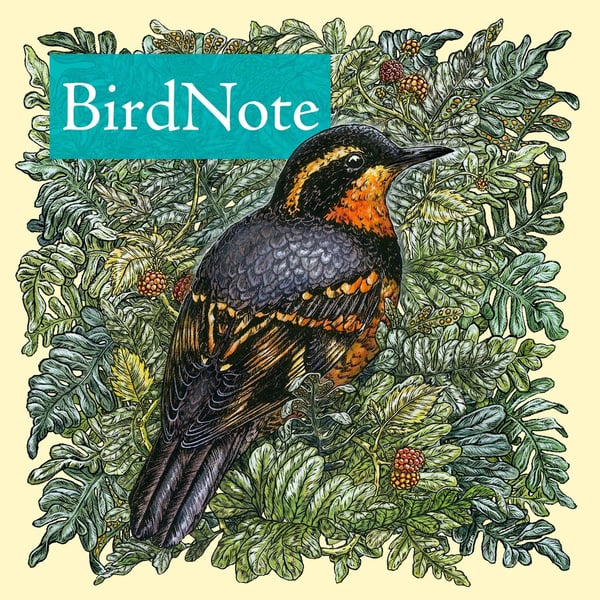Prairie Warblers - An Early Successional Species
BirdNote Daily
BirdNote
4.6 • 1.2K Ratings
🗓️ 19 October 2024
⏱️ 2 minutes
🧾️ Download transcript
Summary
Transcript
Click on a timestamp to play from that location
| 0:00.0 | This is bird note. |
| 0:05.0 | It's easy to think that most birds, like those were hearing, |
| 0:12.0 | prefer the habitats of mature ecosystems. |
| 0:17.2 | The reality, however, is more varied. |
| 0:20.0 | Some birds favor landscapes in flux, habitats in transition. |
| 0:24.8 | Consider the prairie warbler a beautiful yellow and black songbird. |
| 0:32.2 | Despite their name prairie warblers nest in tree farms, in fields overgrown with |
| 0:37.7 | scattered shrubs, and in clearings under power lines. Biologists call these habitats early successional, |
| 0:47.0 | that is, they're characterized by plants that first return to land altered by clearing or fire. Early successional nesters in eastern North America, |
| 0:56.8 | like the Prairie Warbler, have declined rapidly during the last 50 years. |
| 1:01.5 | They've been pressed from all sides. Forests have matured, |
| 1:04.8 | forest fires suppressed, too much herbicide has been used in tree farms, |
| 1:08.9 | and the warblers wintering habitat in Florida and the West Indies has been developed. |
| 1:16.0 | Prairie warblers then can benefit from conservation on several fronts. |
| 1:20.0 | The Michael Huber Prairie Warbler Preserve was established in New Jersey's Pine Barons and in North Carolina |
| 1:27.4 | scientists are helping foresters promote the warbler's nesting success in tree farms. |
| 1:33.0 | For Bird Note, I'm Michael Stein. You're going to be. |
Please login to see the full transcript.
Disclaimer: The podcast and artwork embedded on this page are from BirdNote, and are the property of its owner and not affiliated with or endorsed by Tapesearch.
Generated transcripts are the property of BirdNote and are distributed freely under the Fair Use doctrine. Transcripts generated by Tapesearch are not guaranteed to be accurate.
Copyright © Tapesearch 2025.

